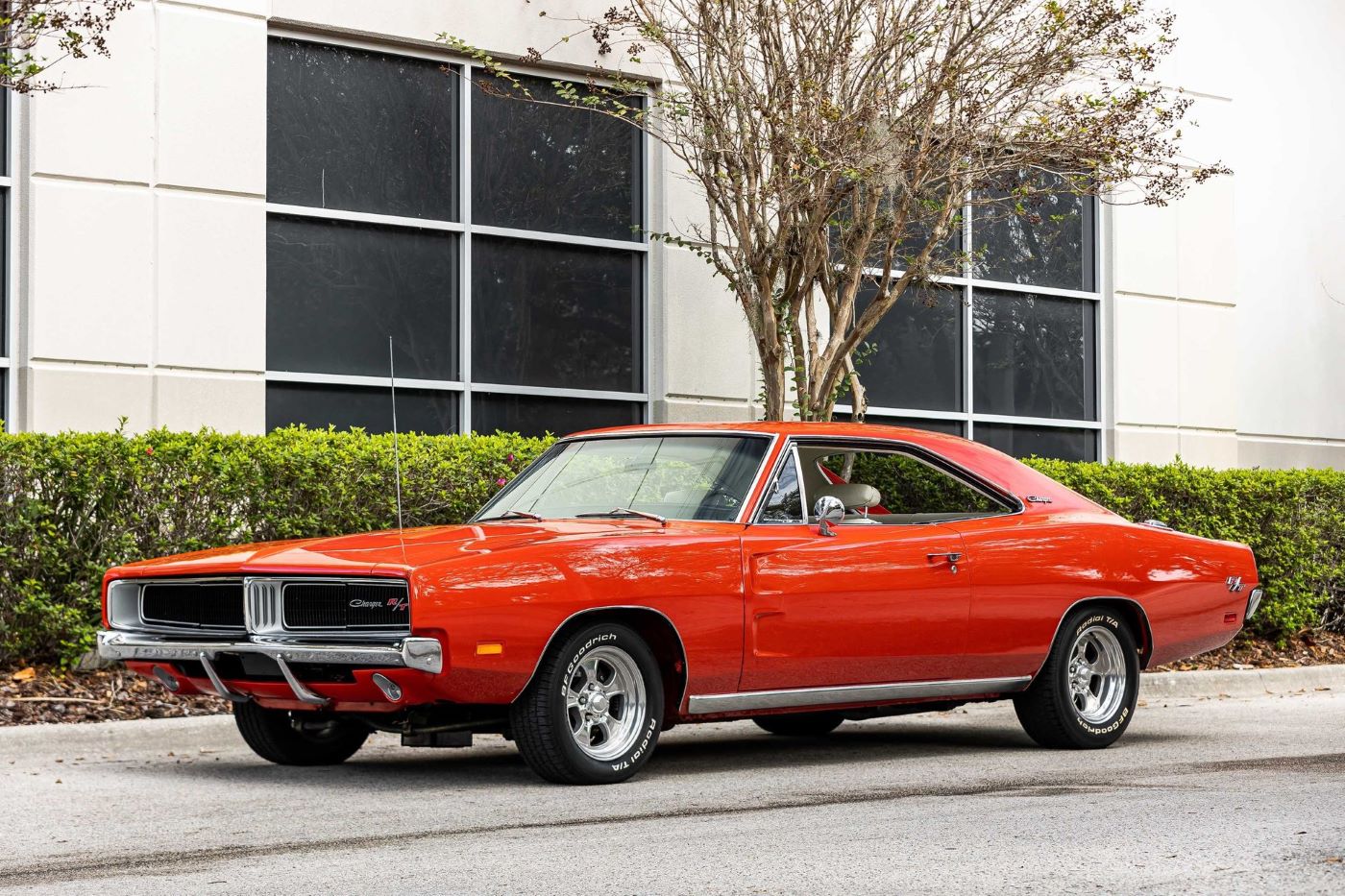In the world of high-performance cars, where sleek sports cars and purpose-built machines dominate the track, it’s rare for a humble family sedan to rise to such legendary status. Yet, the Dodge Charger, originally introduced as a family-oriented muscle car in the mid-1960s, became one of the most iconic drag racing vehicles in automotive history.
What began as a practical option for suburban families soon turned into a racing powerhouse, leaving an indelible mark on the world of motorsports. The Dodge Charger’s transformation from a regular sedan into a drag racing legend is one of the most fascinating and unexpected stories in the history of American automotive design and performance.
The Charger’s path to drag racing stardom didn’t happen overnight. It was a gradual evolution that spanned several decades and involved a combination of strategic engineering decisions, the cultural shift toward muscle cars, and a growing interest in drag racing as a sport. Introduced in 1966 by Chrysler, the Charger initially aimed to combine the performance of a muscle car with the practicality of a full-size sedan.
Its sleek, fastback design, bold stance, and large interior made it appealing to families, but its performance capabilities quickly garnered the attention of car enthusiasts. As the muscle car era took off in the late 1960s, the Charger became one of the most recognizable vehicles on the streets, known for its raw power, aggressive styling, and larger-than-life presence.
It wasn’t long before Dodge capitalized on the Charger’s inherent power, and its performance variants became mainstays on the drag racing scene. With the introduction of the high-performance 426 HEMI engine in the late 1960s, the Charger was transformed into a legitimate contender on the drag strip.
Racing teams and car enthusiasts alike saw the potential in this once unassuming family sedan, and it quickly became a regular at drag racing events. Over time, the Charger evolved from a street-oriented muscle car to a true racing legend. The car’s success on the drag strip was cemented by its incredible acceleration, top-tier engineering, and the ever-present HEMI engine that powered it to victory after victory.
Also read: 5 Cars With Minimal Cabin Vibration and 5 That Shake on Idle
This transformation is not only a testament to the ingenuity of Chrysler’s engineers but also to the unpredictable nature of car culture. In an era when the drag racing world was dominated by highly specialized and purpose-built race cars, the Charger proved that a car designed for family comfort could also dominate the most challenging performance arenas.
This article will explore how a seemingly ordinary family sedan became a drag racing legend, highlighting the engineering innovations, cultural shifts, and iconic moments that contributed to its success. The Dodge Charger’s journey from suburban streets to drag racing glory is a remarkable tale of power, perseverance, and performance.
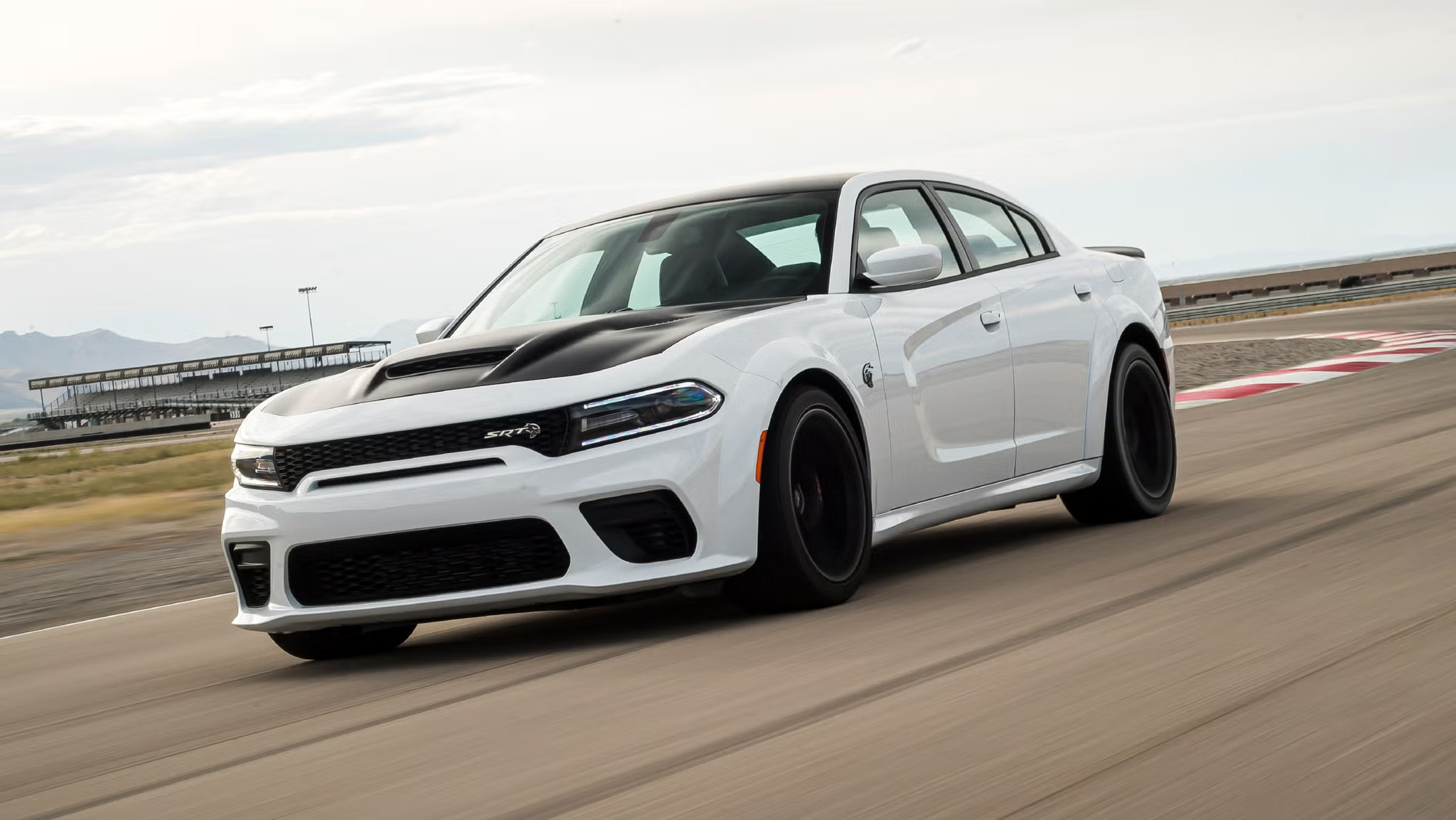
The Birth of the Dodge Charger
The Dodge Charger was first introduced in 1966 as a more refined and stylish alternative to the typical muscle car. While its initial design was intended to appeal to families who needed a larger car with more space and comfort, the Charger quickly gained attention for its sleek, fastback design and aggressive stance.
The introduction of the first-generation Charger coincided with the booming popularity of muscle cars in the 1960s—vehicles that married raw power with stylish looks to create the American performance machines.
Despite its family sedan origins, the Charger’s performance potential was apparent from the outset. Initially equipped with a range of V8 engines, the Charger delivered impressive power, but it wasn’t until the second-generation models (1968-1970) that the car truly began to solidify its place in the hearts of muscle car enthusiasts.
Dodge decided to upgrade the Charger with more aggressive styling and more powerful engines, including the iconic 426 HEMI V8. This engine, which was a standout in the muscle car world, would become a cornerstone of the Charger’s legendary status.
In its second generation, the Charger evolved from a family sedan to a performance powerhouse, earning the reputation as one of the baddest muscle cars on the road. The car’s high-performance variants, particularly the Charger R/T, which boasted the HEMI engine, became synonymous with speed and power.
By the time the Charger entered the 1970s, it was clear that this family sedan had become more than just a practical commuter vehicle—it had morphed into a bona fide muscle car, ready to take on the streets and, more importantly, the drag strip.
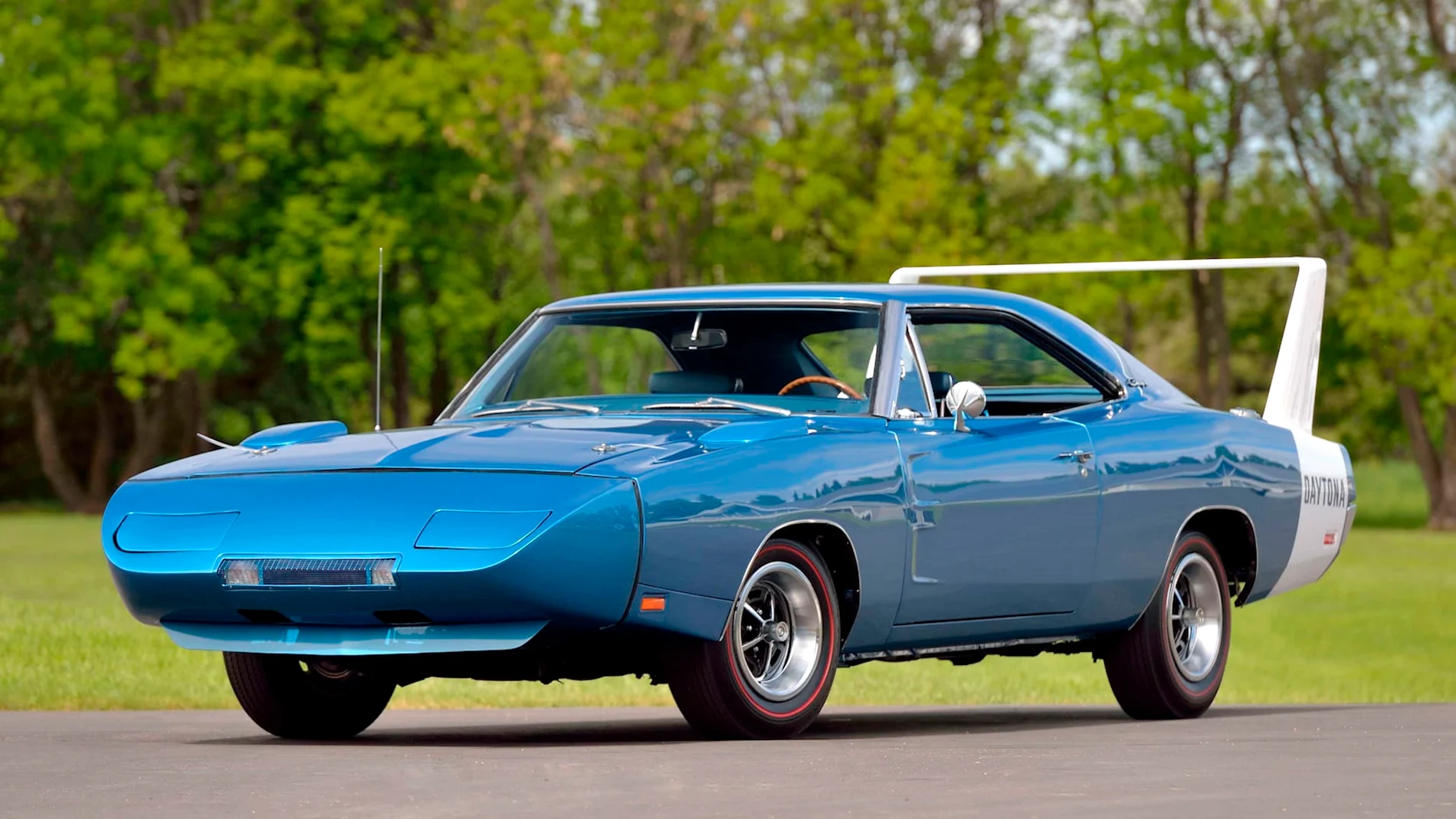
The Charger and Drag Racing: A Match Made in Heaven
While the Charger’s shift into muscle car territory was impressive, its rise to drag racing legend status came largely thanks to the performance-focused models and an incredible combination of raw power, traction, and aerodynamics. As drag racing became increasingly popular in the late 1960s and early 1970s, the Charger became a popular choice among enthusiasts for its potential in the quarter-mile.
The Dodge Charger Daytona, a special edition designed for NASCAR racing, was one of the most significant models in the car’s transition into drag racing. With its aerodynamically optimized front end and massive rear wing, the Daytona was designed for high-speed stability, allowing the Charger to hold its own on both the drag strip and the NASCAR circuit.
While the Daytona was more associated with stock car racing, the vehicle’s design characteristics—particularly the powerful HEMI engine—made it a natural fit for drag racing.
In the world of drag racing, the Charger quickly made a name for itself in various classes, particularly in Pro Stock and Super Stock racing. The car’s combination of straight-line speed and formidable acceleration made it a natural competitor, capable of achieving low ETs (elapsed times) and breaking speed records.
Also read: 5 Cars With User-Friendly Tech and 5 That Are Overcomplicated
The Charger’s popularity among racers grew exponentially, as its large, spacious interior and long wheelbase provided a stable platform for modifying and fine-tuning it for drag racing. The Charger’s versatility also meant that it could be used in a variety of drag racing classes, from grassroots amateur races to the highest levels of professional competition.
One of the key reasons the Charger became such a drag racing legend was the popularity of the HEMI engine, particularly the 426 HEMI V8, which was introduced in the 1960s.
This engine became a benchmark for drag racing success. The HEMI was known for its raw power and performance, making it the ideal engine for vehicles looking to dominate the drag strip. Charger owners and racing teams began modifying their cars with HEMI-powered engines, pushing the limits of performance in ways that few other vehicles could match.
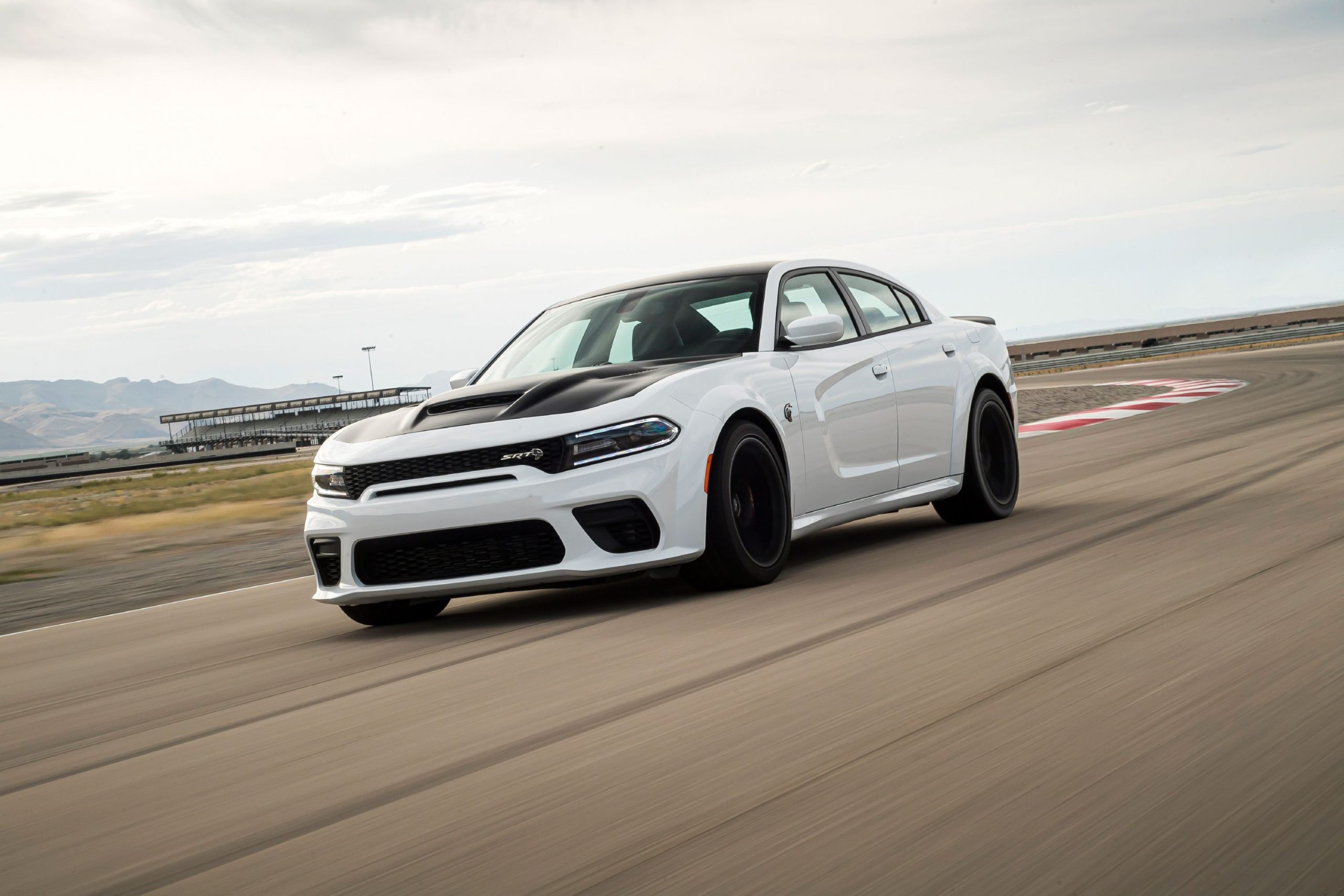
The Charger’s Dominance in Drag Racing: Key Moments
In the 1970s, the Dodge Charger firmly entrenched itself as a drag racing icon, both in professional races and on the street. The 1970 Charger R/T, equipped with a HEMI engine, became a fan favorite and an unstoppable force on the drag strip.
The power, paired with the car’s aerodynamic design, allowed it to achieve incredible speeds and dominate in many races across the United States. Charger owners and enthusiasts began modifying the car for specific drag racing classes, often resulting in highly customized, race-ready machines that could achieve remarkable acceleration and top speeds.
One of the defining moments in the Chargers’ drag racing legacy came in 1969, when the car made its debut in the NHRA (National Hot Rod Association) events. This marked the beginning of the Charger’s reign in the world of drag racing, as it became a go-to vehicle for those looking to compete at the highest levels.
The Charger’s blend of power and style made it stand out from the crowd, and it wasn’t long before it was recognized as a staple of professional drag racing.
The Charger’s dominance in drag racing wasn’t just about its ability to race fast, though—it was about the culture that surrounded the car. Fans and racers alike were drawn to its bold, muscular appearance, and the car became synonymous with American performance.
In fact, the Charger’s popularity reached its peak during the era of the Muscle Car Wars in the late 1960s and early 1970s, when competition between the major American automakers (Ford, Chevrolet, Chrysler) was fierce.
A particularly notable example of the Charger’s drag racing prowess came from the Hemi Charger team, led by racing legend Don Prudhomme. Prudhomme’s success behind the wheel of a HEMI-powered Charger earned the car even more fame, helping to establish the Charger as a name to be reckoned with in drag racing circles. In the 1970s, the Charger was a consistent contender in national events and was often one of the top finishers in major drag racing championships.
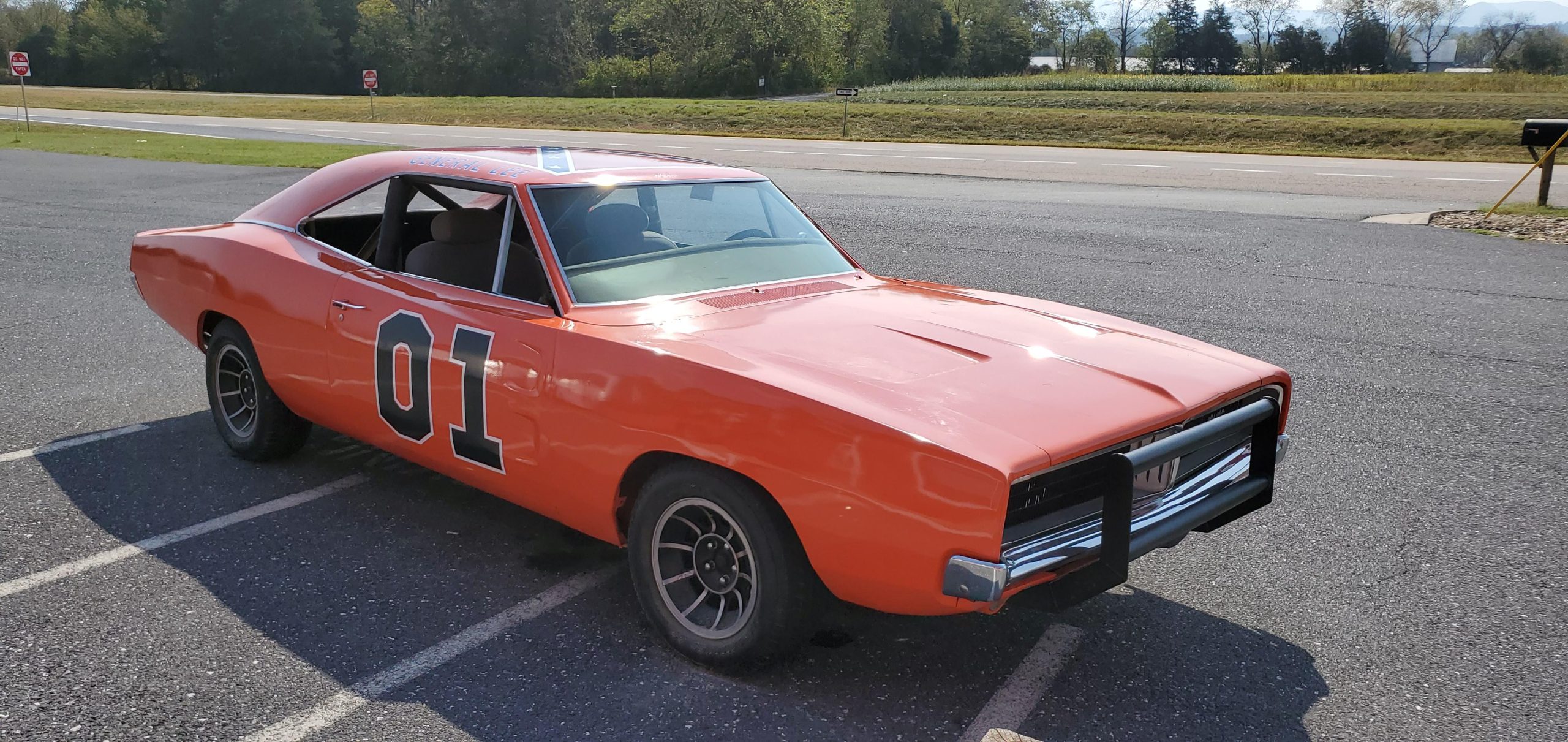
The Charger’s Modern-Day Legacy
While the Dodge Charger went through various changes and evolutions over the decades, it has retained its status as a symbol of power and performance. Today’s Charger, with its sleek modern design and high-performance engine options, continues to evoke the spirit of its muscle car predecessors.
While the current model of the Charger is more of a modern muscle sedan, the link to its roots in drag racing is undeniable. Performance versions, such as the Charger SRT Hellcat, maintain the same powerful V8 engines and aggressive acceleration that made the Charger a drag racing legend in the first place.
The car’s iconic reputation in motorsport is sustained by its continued presence in street racing and amateur drag racing events. While many traditional drag racing legends have become more specialized vehicles or been replaced by lighter, more purpose-built race cars, the Dodge Charger remains a vehicle that can be found tearing up the drag strip at both professional and amateur events.
One of the key factors that keeps the Charger relevant in the world of drag racing is its continuous evolution. Dodge has managed to adapt the Charger’s legacy of performance and power to modern technology, allowing it to stay competitive in today’s automotive landscape. The Charger’s combination of street and race-worthy characteristics ensures that it remains an enduring favorite among car enthusiasts who appreciate both its history and its current-day capabilities.
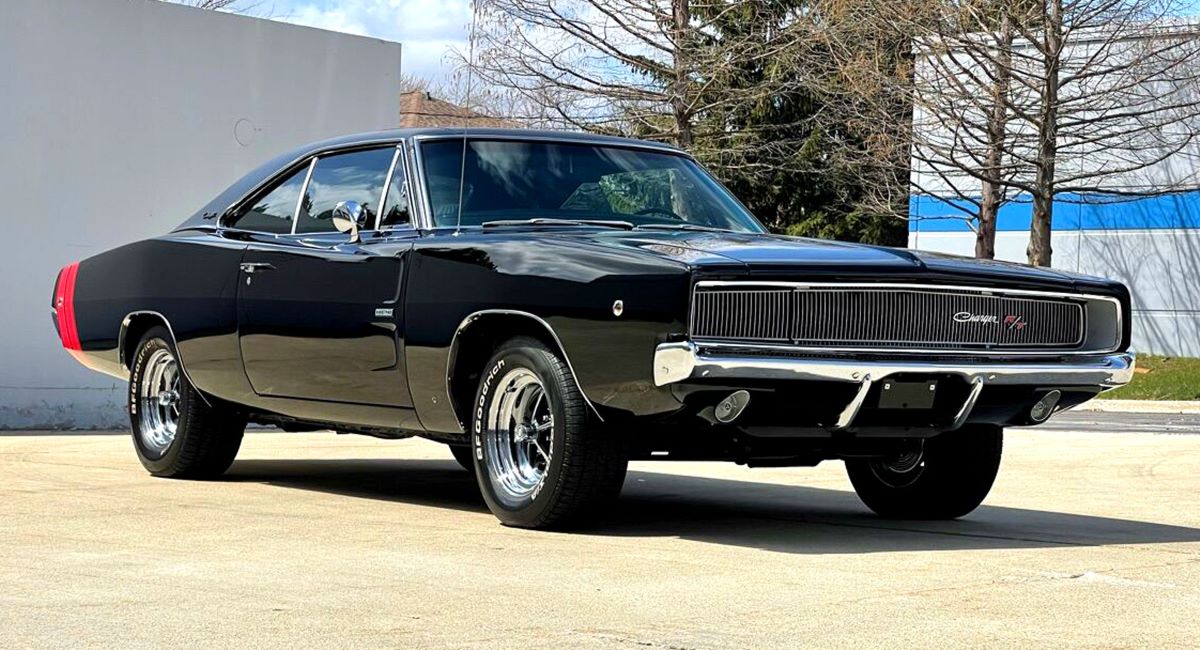
A Legacy of Power and Performance
The story of the Dodge Charger is a testament to the unpredictable nature of automotive history and the deep passion that fuels car culture. What began as a family-oriented muscle car in the 1960s evolved into one of the most iconic drag racing machines of all time, and it didn’t happen by accident.
The Charger’s transformation from a practical sedan to a racing legend is a story of adaptation, performance, and innovation. Through strategic design decisions, the introduction of the powerful 426 HEMI engine, and a growing cultural interest in motorsports, the Charger emerged as a dominant force on the drag strip.
Over the years, the Charger’s impact on the drag racing scene has been profound, from its involvement in the NHRA circuit to the countless amateur races where the car has continued to shine. The success of the Charger in racing events speaks volumes about the ingenuity behind its engineering.
It’s a car that wasn’t just designed for the streets—it was built to excel at one of the most grueling forms of motorsport. With its aerodynamics, powertrain, and handling, the Charger’s inherent performance capabilities made it a favorite among racers, leading to countless championships and victories. The high-performance variants, particularly those equipped with the legendary HEMI V8, became synonymous with drag racing success and continue to inspire car enthusiasts to this day.
But the Charger’s legacy goes beyond just its raw power and ability to cross the finish line in record time. The Charger’s history in drag racing is also a reflection of the larger American automotive culture. The muscle car era was defined by an unrelenting pursuit of speed and power, and the Charger embodied that spirit like few others.
It wasn’t just about winning races—it was about making a statement. The Charger, with its aggressive design and thunderous engine, became an icon of American performance. It spoke to the culture of rebellion, performance, and pride that characterized the muscle car era and continues to resonate with car enthusiasts and racers around the world.
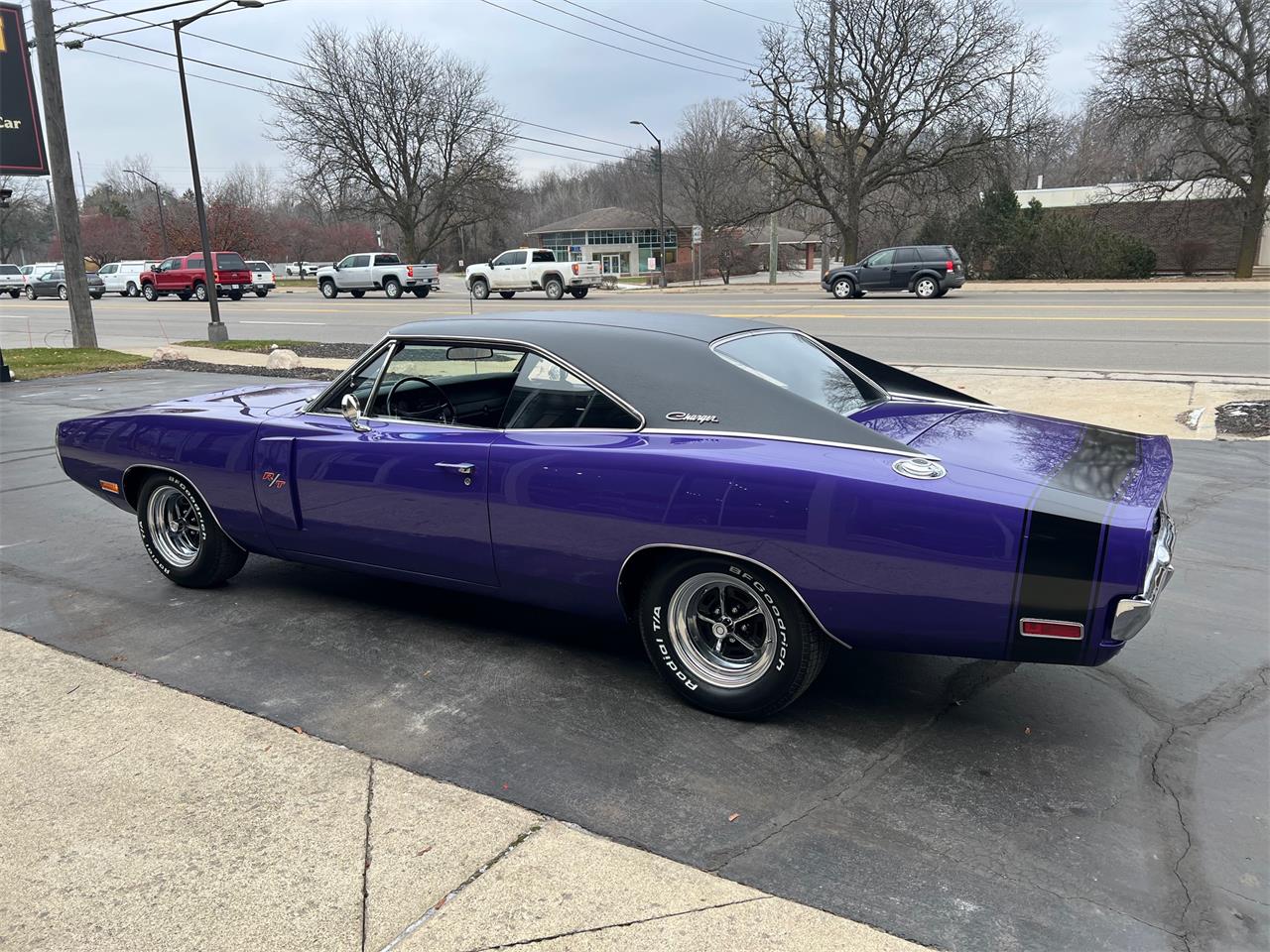
Even today, the modern-day Dodge Charger continues to carry the torch of its performance roots, evolving into a powerhouse that still draws upon its storied past. Whether it’s the current Charger SRT Hellcat, which delivers jaw-dropping horsepower and acceleration, or the continued success of Charger-based race cars in various motorsport disciplines, the legacy of the original drag racing Charger remains alive and well.
The design and performance traits that made the car a drag racing legend—such as its imposing presence, incredible engine options, and thrilling speed—are still very much present in the latest models, making the Charger as relevant in today’s automotive world as it was when it first made its debut on the drag strip.
The Charger’s ability to withstand the test of time is a testament to the lasting power of great design and engineering. From its humble beginnings as a family car to its rise as a drag racing legend, the Dodge Charger is a prime example of how an automobile can transcend its original purpose and become a symbol of performance, culture, and legacy.
Also read: 5 Affordable Cars That Turn Heads and 5 That Look Bland
Its continued presence in drag racing and its influence on the muscle car community further cements its place in automotive history as one of the most important cars ever built.
In the end, the story of how a family sedan became a drag racing legend is more than just about one car—it’s about a cultural movement, a passion for performance, and the ingenuity to turn a street-friendly vehicle into one of the most formidable racing machines on the planet.
The Charger’s legacy is one of power, transformation, and perseverance, proving that sometimes, the cars we least expect can evolve into icons that define entire eras of automotive history. The Dodge Charger will forever be remembered not just for its muscle car credentials but for its enduring dominance in drag racing, proving that with the right combination of vision, engineering, and passion, even the most unlikely vehicles can achieve legendary status.

